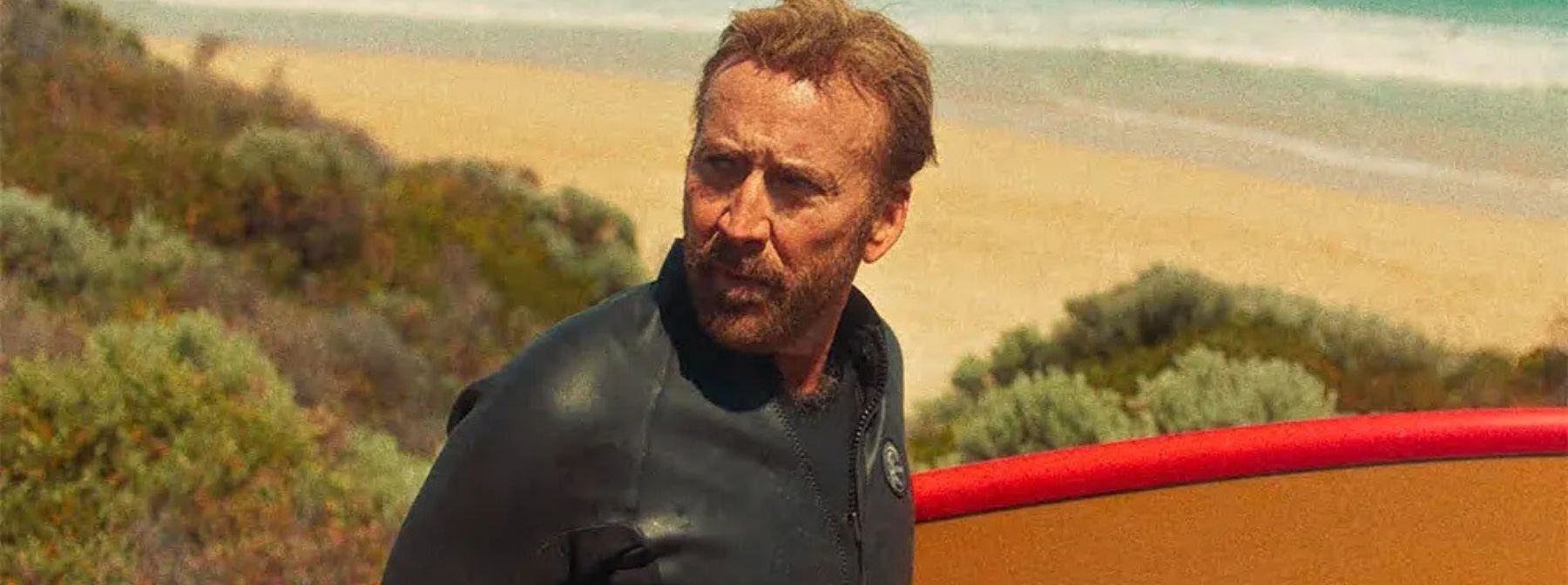
Irish director Lorcan Finnegan's satirical psychological thriller stars Cage as an emotionally repressed businessman who returns to his Aussie hometown and discovers that the beach he grew up surfing on has been taken over by a hyper-masculine gang, who want rid of all outsiders. Naturally, his singular desire to ride the waves becomes an obsession, and it makes him descend rapidly into madness.
Finnegan and screenwriter Thomas Martin are both Irish, and in setting this story in a none-more-Australian beach paradise, had assumed they’d hire an Australian lead. Then, they had the sudden realisation that their tale would become even more nightmarish without one.
The director explained to Zavvi: “The Surfer was originally supposed to be an Australian character, but we realised we were limiting ourselves with the story if we went down that route. If he was someone born there, who left and lost his accent, then that would amplify the sense of being outsider, which might get lost if he spoke in the same accent as the other characters.
“When we started thinking about who could play this role, Nic was one of the first people to came to mind. He’s the right age and can pull off a multitude of genres, but more importantly, he has a very interesting face you want to follow into madness – rereading the script and picturing him in every scene made me realise this would be the most amazing iteration of this movie.”
Since its premiere at the Cannes Film Festival last May, critics have compared the movie to all the big Australian New Wave classics, none more so than the paranoid outback thriller Wake In Fright, another tale of an outsider finding himself trapped in a toxic, hyper-masculine community. It’s a film Finnegan is a fan of, but paying homage to these exciting works of Aussie cinema wasn’t at the forefront of his mind.
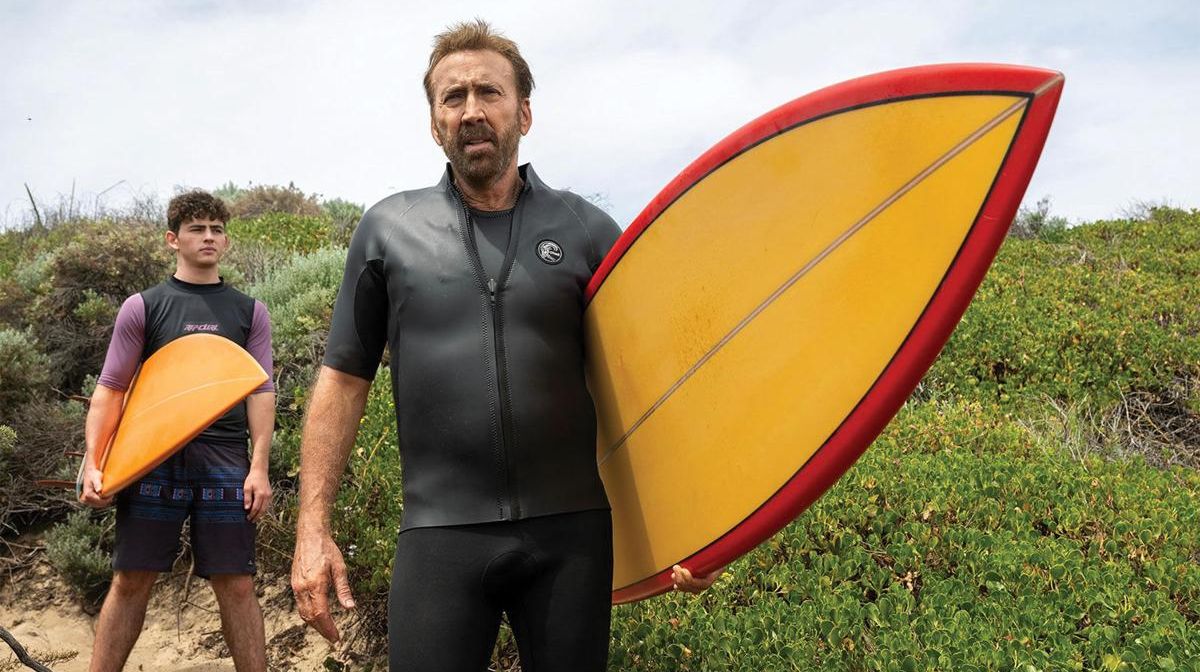
“What attracted me to Thomas’s script was that it was a story about a man who must be stripped of everything to realise what’s important to him. His idea to buy his old family home and become part of this community again is clearly through a misguided belief that it’ll fix all his emotional and relationship problems, resolving all the childhood trauma of his dad dying when he was young.
“I was interested in getting into his head via his desire to be a part of this toxically masculine group, who all believe that men have an animal inside them which they need to express so they can comfortably go back to their public facing persona. I was drawn to the idea of what happens to a man whose need to belong leads him to be sucked into a world where his head can just be filled with this bulls**t.”
The film is extremely topical in its satire, but never feels like it’s making overbearing social commentary due to its increasingly surreal, paranoid tone. Cage himself has said in interviews that, of all the movies he’s made, this is most like David Lynch’s Wild At Heart, as Finnegan is similarly unafraid to blur the lines between dream and reality.
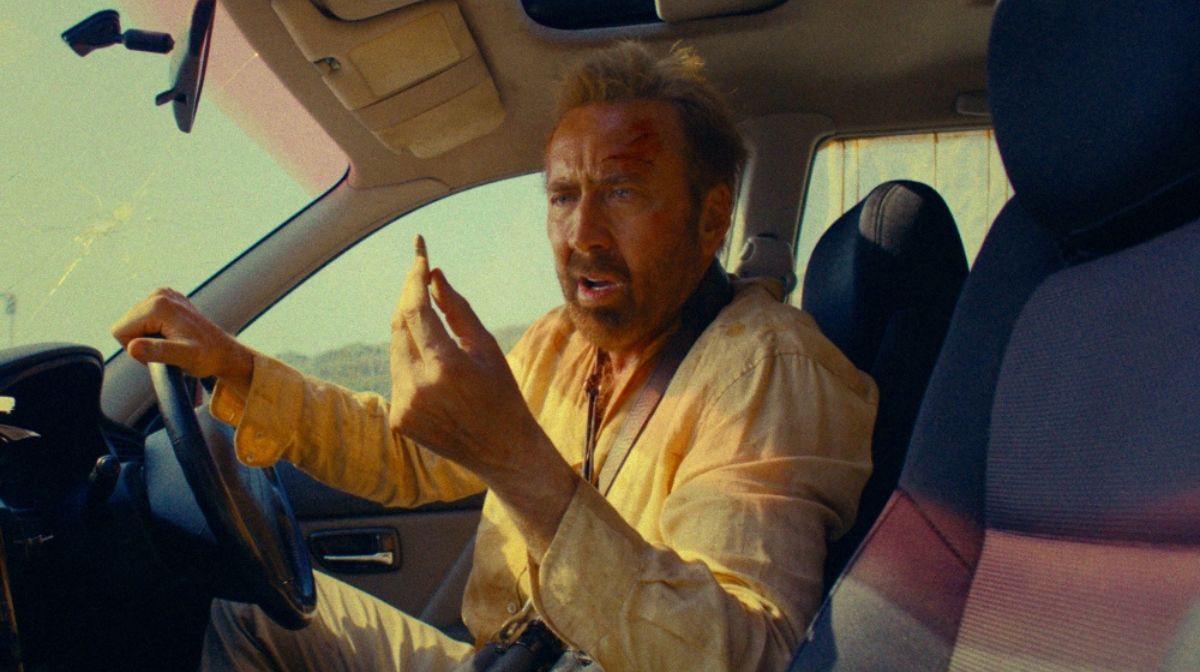
It’s a comparison the director is flattered to hear, even though Lynch wasn’t a conscious influence on his film.
“I’ve seen all of Lynch’s movies, and I love them, but it’s the same case with the Australian New Wave films people have mentioned – I'm a fan, but we weren’t trying to transpose them onto this film. That same dreamlike approach to storytelling is evident, and I can see the parallels with his work in that regard, but he wasn’t a huge, or even a particularly conscious, influence.
“I wanted to put the audience into the character’s completely subjective perspective. When he gets dehydrated and disoriented, I want you to feel the same – that way, when he doesn’t know what’s real or not, neither will the audience!”
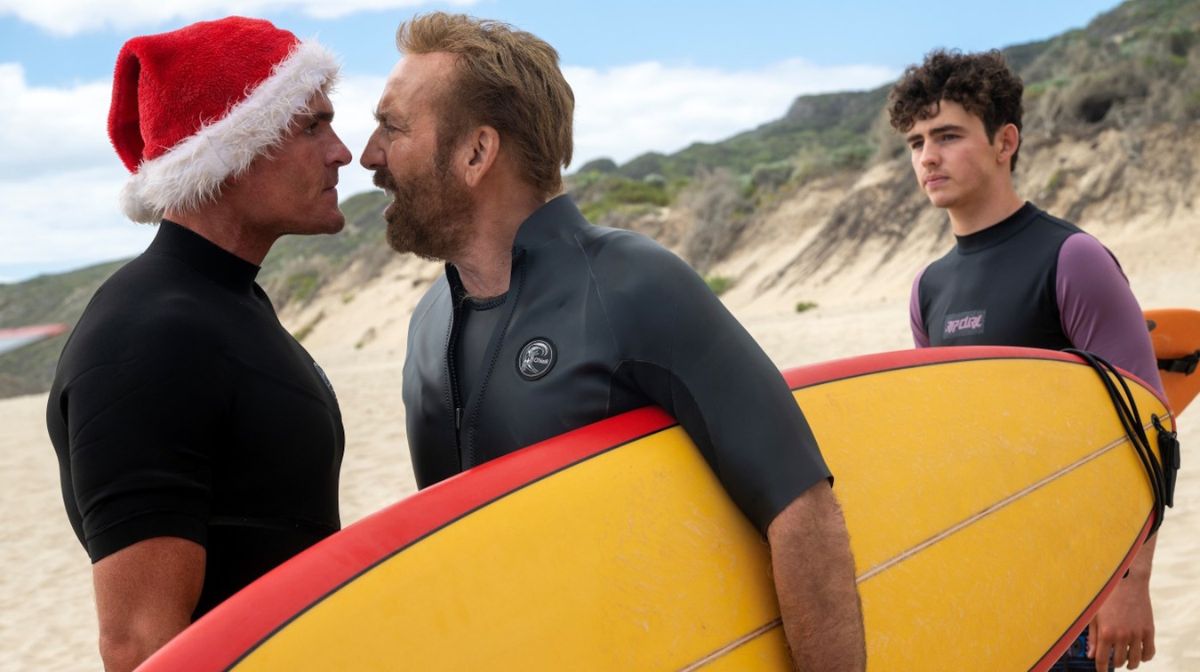
Another method Finnegan used to pull this off was to completely discard many of the finer details about modern life in Western Australia.
“Making a movie that felt accurate to Australians was completely irrelevant to me; it’s not a documentary, it’s a weird fever dream. So, for example, you’ll see that the cop car in the film is yellow, which they don’t have in Western Australia, they use white cars – but when I saw them, I didn’t like them, so we went with this instead!
“The only thing we wanted to feel authentic was the dialogue and the colloquialisms, and we had a great cast who were all Australian, apart from Nic, and they gave us very useful advice. But aside from that, we wanted to lean into that heightened outsider’s vision, as when you look back through those famous Australian movies, they’re from international directors; Ted Kotcheff, who made Wake In Fright, is Canadian, Nicolas Roeg, who made Walkabout, is British, and I’m Irish, my lead is American, and our cinematographer is Polish!”
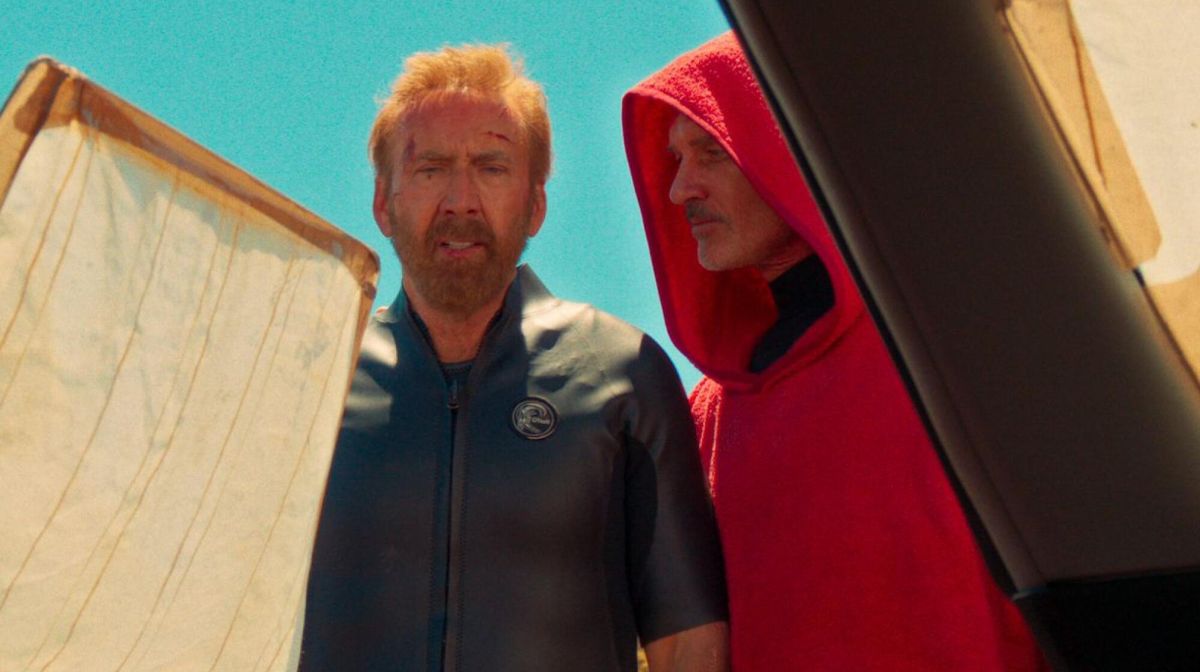
Earlier drafts of the screenplay were even weirder, with a supernatural horror subplot that would have made for an even more confounding experience.
“In a very early draft, Nic’s father died on top of a cliff by the beach, at an old Aboriginal rock called Swirly Rock. There would be this thrumming sound you’d keep hearing from the beach emanating from the rock, and characters would talk about these horrific indigenous massacres that happened there generations before – it just became too cluttered to explore one man’s journey alongside the weight of colonial massacres throughout history, especially in such a dreamlike movie.
“That theme is still there, as Miranda Tapsell plays a photographer, who is both the only Indigenous person in the film, and the only character sympathetic to Cage’s throughout. When she tells him to leave there, that’s the key to the whole movie, as none of them belong there; this is ultimately a story about a group of men claiming ownership of a beach none of them should be on in the first place.”
The Surfer is released in UK cinemas on Friday, 9th May.Explore all upcoming Film Releases.

